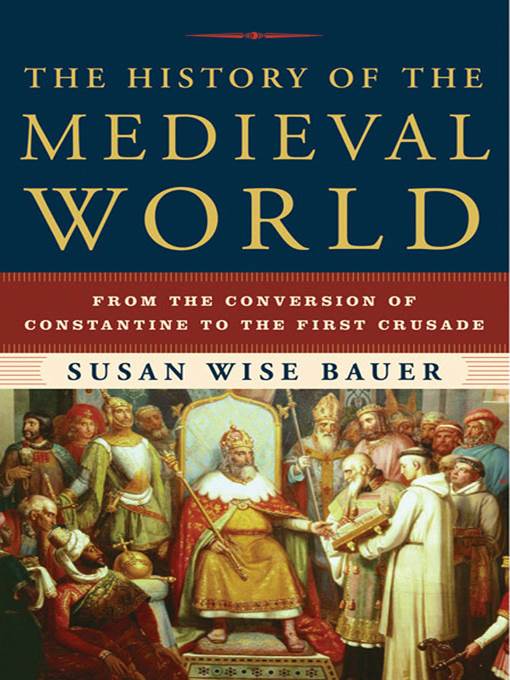
The History of the Medieval World
From the Conversion of Constantine to the First Crusade
کتاب های مرتبط
- اطلاعات
- نقد و بررسی
- دیدگاه کاربران
نقد و بررسی

December 14, 2009
Bauer (The History of the Ancient World
) continues her witty and well-written examination of world history with a volume that is rich in detail and intriguing in anecdotal information. In describing dramatic events (such as the worldwide –impact of the eruption of Krakatoa in 535 C.E., or civil war among the descendants of Charlemagne), near-legendary individuals (like the great general turned mercenary El Cid), and decisive historical movements from the fourth century C.E. to the beginnings of the 12th century, attention is effectively paid not only to western and eastern Europe but to North Africa, the Middle East, Central Asia, the Far East, South Asia, and the Americas. The political and military rise and fall of rulers or would-be rulers and the prominence of religion in matters of conscience and state give force and power to the narrative as does the constant impact of simple human emotion and ambition on the flow of history. A bit overwhelming in its scope, Bauer’s work nevertheless proves perfectly, and entertainingly, that the “more things change, the more they stay the same.” 20 illus., 85 maps.

February 15, 2010
In this second title in the authors projected four-volume world history, narratives of monarchs, generals, and clerics transport the reader through centuries of tumult culminating in the First Crusades capture of Jerusalem in 1099. Intentionally general interest, Bauers book provides a vital scorecard in the form of rosters of rulers and dozens of maps that track successions aplenty, of legitimate heirs and usurpers alike. Rightful possession of power, as in Bauers History of the Ancient World (2007), thematically infuses this works welter of accounts of imperial rises and falls in Europe, the Near East, India, China, and Japan. If it was a truth universally acknowledged that the divine sanctioned the secular, the immediacies of the latter often required doctrinal or political adjustments in the former (as in Constantines Council of Nicaea in 325), furnishing (in addition to pillage) the dramatic momentum to the historical episodes Bauer presents. Demonstrating insight about invariably partial sources, humanism about actors motivations, and an apt dramatic touch, Bauer parlays her capacious knowledge of history into the exciting and terrifying subject it can be.(Reprinted with permission of Booklist, copyright 2010, American Library Association.)

























دیدگاه کاربران